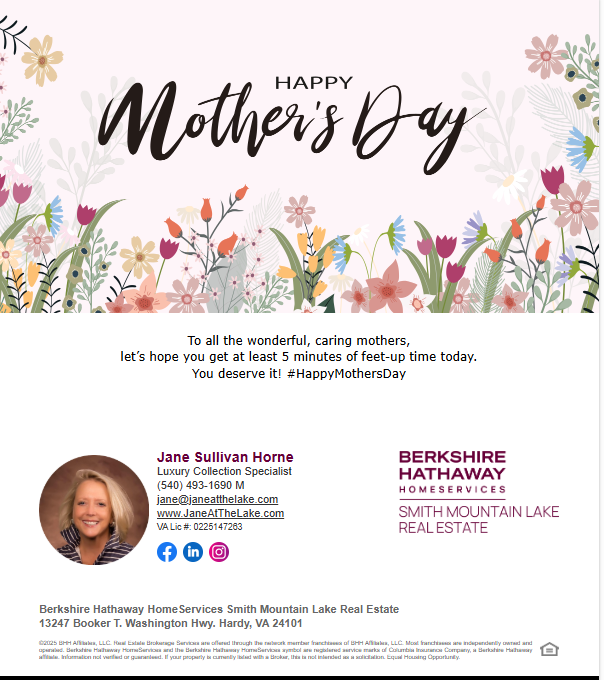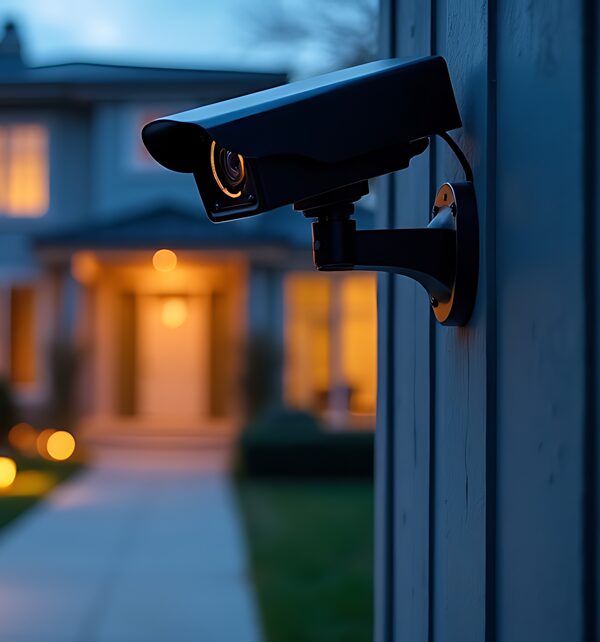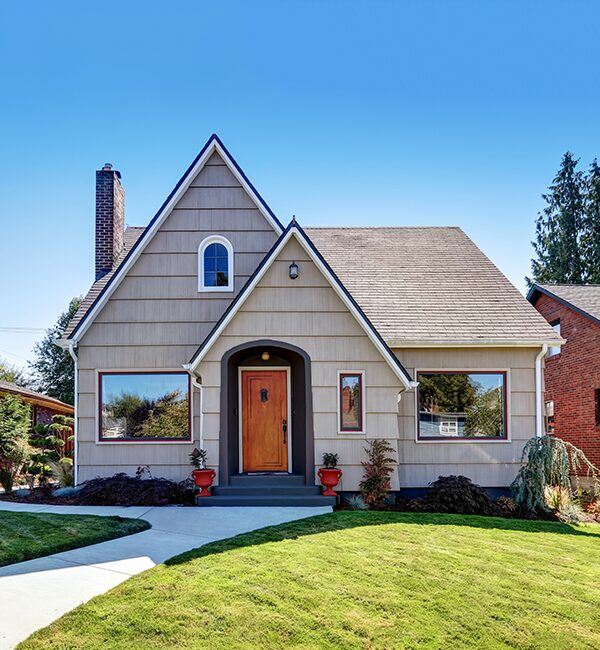Tips to Strengthen Your Internet


Internet Service Providers (ISPs) save money and manage network traffic by “throttling” broadband connections, resulting in “slower loading times, buffering during streaming, and reduced download or upload speeds.” The average internet speed is 214 Mbps in the U.S. Most providers put data caps on the amount of gigabytes (GB) they provide, which favors denser populations. AT&T DSL caps at 1,500 GBs for 120 million customers while satellite provider HughesNet caps between 12-200 GBs for 330 million subscribers worldwide.
If your service is slow, you can pay for more gigabytes per second but that doesn’t guarantee connectivity even for unlimited data plans. Also try situating your router and modem high up off the floor, away from other electronics, and within the center of the home. Check for dust in the device, clean and reboot. Update older devices to get a stronger signal.
For a small subscription fee, add a virtual private network (VPN) which “establishes a digital connection between your computer and a remote server…” to encrypt your personal data, mask your IP address from your ISP, and prevent throttling.






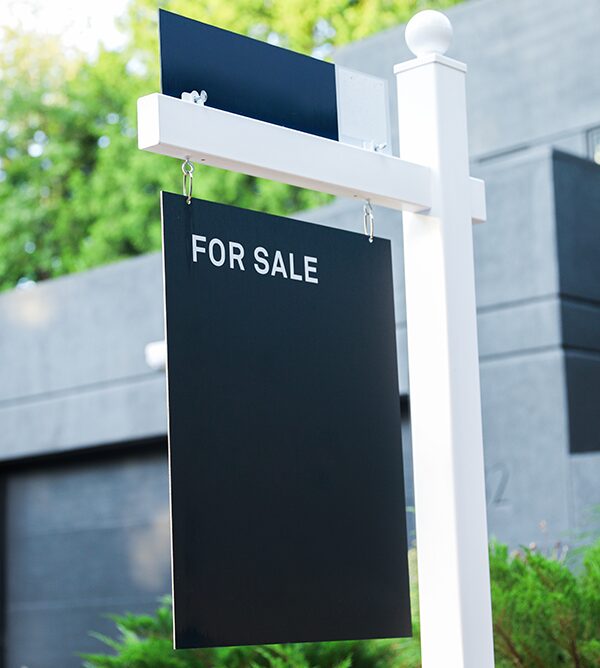
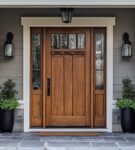
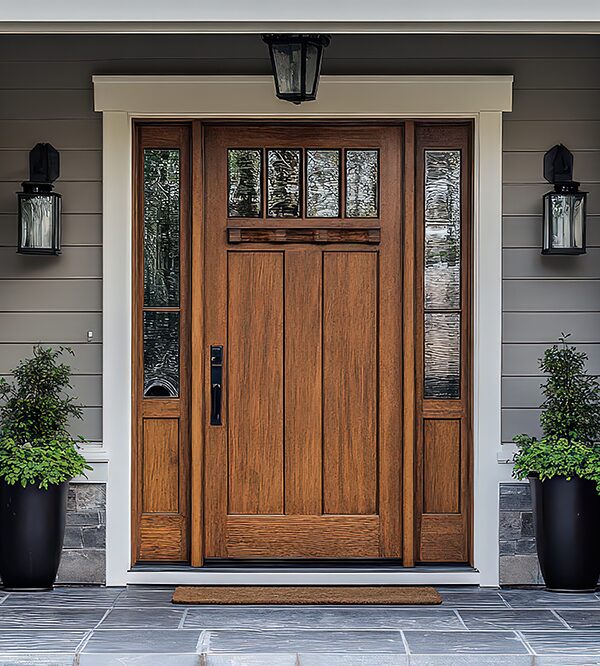





 When
When 
